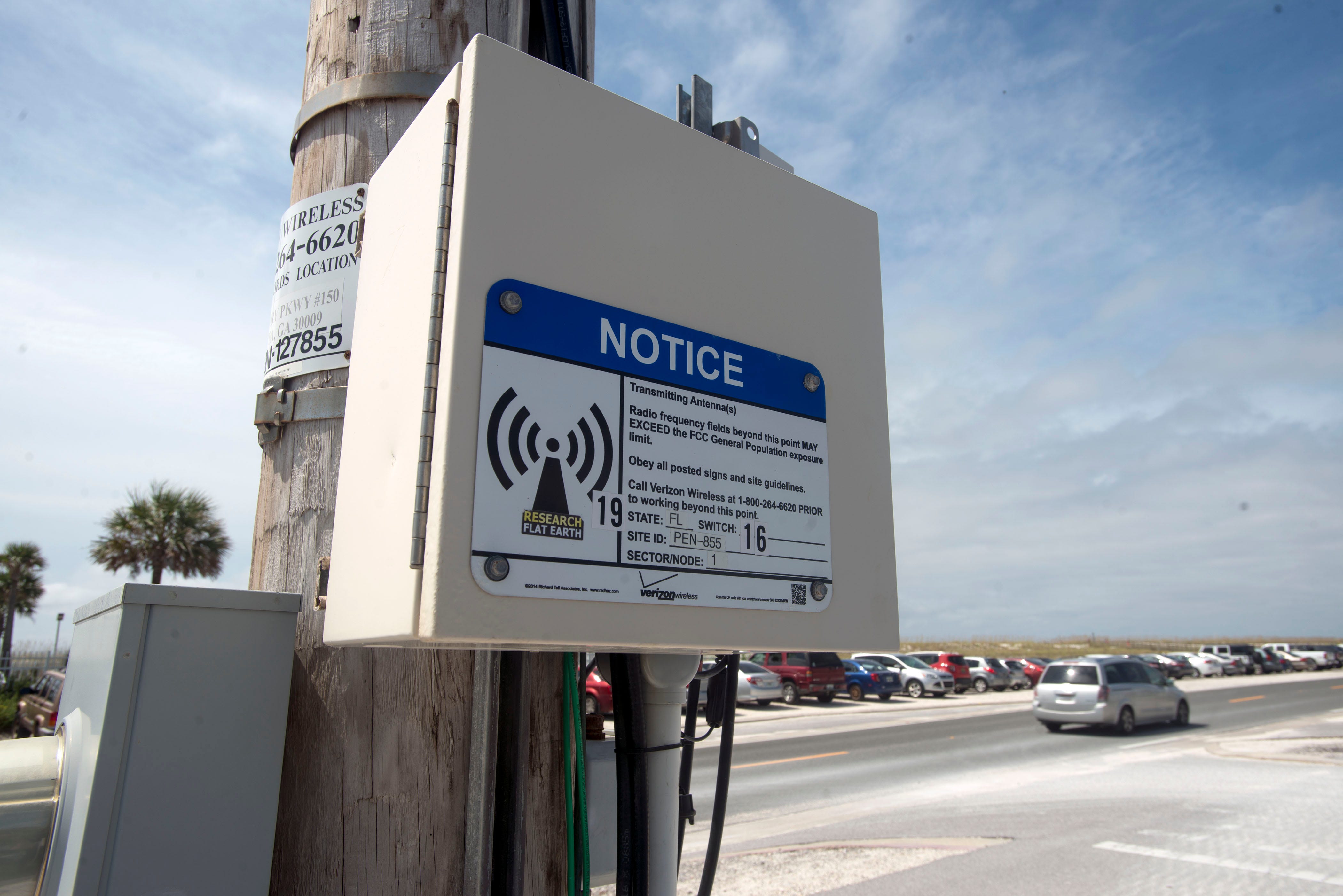If you've ever walked through a town you might have noticed tiny 5G cell towers placed on poles for street lighting. safe distance to live from cell phone tower look like small boxes however, they're actually transmitting wireless signals from mobile providers to your mobile.
They are replacing larger, purpose-built cell towers. Although they're not as visible but they can still create problems for those who live nearby.
It is the FCC's Radiation Exposure Thresholds
The FCC's Radiation Exposure Thresholds establish the maximum amount of time one can expose to electromagnetic radiation from wireless devices. The exposure limits are based on research which show that the energy of RF could cause harm to health.

The absorption rate specific (SAR) is a measure of the radiofrequency energy that is taken up by tissues. It's usually 1.6 watts per kilogram, averaged over one Gram of tissue.
But, since 5g operates at higher frequencies and has the potential to create more energy on the skin and other exposed body parts. This could result in various possible harms, like the development of skin diseases such as dermatitis, cataracts, and skin cancer.
Due to the possible harmful effects of radiation from 5G, PSU has chosen to set a general localized limits on power density, which is 4mW/cm2 measured over 1 cm2, and never to exceed 30 minutes for all 5G services running at 3000 GHz. This localized limit is in accordance with the peak SAR that is spatially averaged at 1.6 W/kg averaged over 1 grams of tissues at six GHz.
The FCC's Maximum Exposure Thresholds
If you've ever used a mobile phone, you're probably aware that a safe distance from the tower should be at least 400 meters. This is because the power of the transmission of a cell tower increases dramatically the further you are from it.
While this sounds like an ideal idea but the truth is that people living in close proximity to towers could be more susceptible to health issues. For example, a study from 2014 in India discovered that those who lived within 50 meters of cell towers experienced much more health problems than those who were far from antennas.
But, the study revealed that those who relocated to areas that were further from the cell towers saw their symptoms return to normal within a few days. Another study has demonstrated that exposure to extreme amounts of electromagnetic field radiofrequency (EMFs) could cause brain tumors, cancer and other health issues.
This is due to the fact that RF radiation, which is used in wireless communications, may penetrate the human body's outer layer of skin. It is vital to be aware of this because the skin acts as a shield against injury to the body, infection by pathogenic microorganisms, and infiltration of toxic substances. It is also the largest organ of the human body and is accountable for protecting other organs.
The FCC's Minimum Exposure Thresholds for the Minimum Exposure
The FCC's Minimum Exposure Thresholds are based on numerous assumptions that aren't supported by scientific research. These include the erroneous assumption that exposures to RF radiation are safe due to the limited radiation penetration in the human body (i.e. the heating of tissues).
The assumption also ignores the deeper penetration of the ELF components of modulated RF signals, as well as the consequences of short bursts of heat generated by RF waves that are pulsed. These assumptions do not correspond with the current understanding of biological consequences of RF radiation. Therefore, they should not be considered for health protection exposure standards.
In addition, the ICNIRP and FCC are limiting their limit of exposure to the local SARs, based on the maximum spatial specific absorption rate (psSAR), which can be described as not a sufficient dosimetric tool for determining the level of radiation exposure. In particular, psSAR is inaccurate when frequencies exceed 6 GHz. Furthermore, psSAR has not been evaluated for RF radiation exposed to other environmental agents such like sunlight. In https://thoughtful-canna-wb1p2v.mystrikingly.com/blog/very-best-safest-distance-from-a-5g-cell-system of interactions, RF radiation with other environmental agents could result in antagonistic or synergistic effects. This would result in an increased risk of adverse health effects. For safe distance to live from cell phone tower , co-exposure to RF radiation along with exposure to sunlight can raise the chance of developing skin cancer and exacerbate other skin disorders, such as acne.
